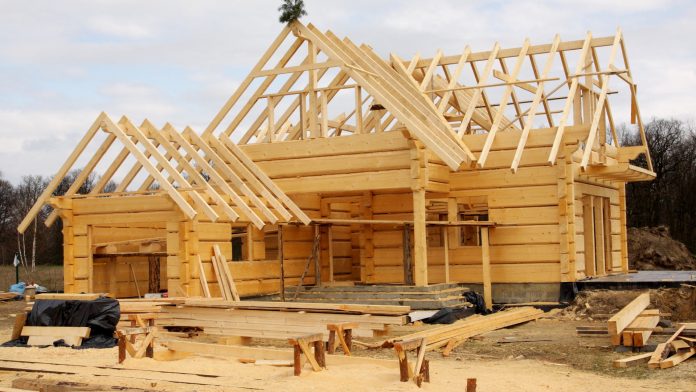How low can mortgage rates go? As of this morning, not too much lower.
30-year fixed-rate mortgages averaged 3.45% this week according to a report from Freddie Mac. It’s the third consecutive week in which mortgage rates dropped, and the lowest they’ve been since before the last presidential election. Back in October 2016, the 30-year fixed-mortgage rate was 3.42% – another near-historic low.
The 15-year rate fell as well, down three basis points to 2.97%. It was the first time we’ve seen a sub-3% 15-year fixed-mortgage rate since 2016. 5/1 adjustable-rate mortgage rates rose slightly to 3.32%, but all in all, it was another good week for prospective home buyers.
Homebuilders, too.
Even though homebuilder stocks are down since last Wednesday – right before the coronavirus outbreak rocked the market – conditions continue to improve for residential construction.
Sector leaders like Lennar (NYSE: LEN), D.R. Horton (NYSE: DHI), and Pulte Homes (NYSE: PHM) are trading near their 2020 highs. If they can muster enough energy for another surge, all three stocks could continue their already impressive rallies. D.R. Horton and Pulte Homes would even hit new all-time highs should they “break out.”
Because whenever mortgage rates drop, the demand for new homes typically rises. And in a housing market that’s still facing a new home shortage, that’s great news for the companies that build them.
The current rate decline is reflected in the 10-year Treasury yield, which has also fallen. Historically, mortgage rates have tracked long-term bond yields, as mortgages represent long-term debt.
Stocks rebounded this week amid a well-received State of the Union (SOTU) address, better-than-expected January jobs gain, and quelled coronavirus fears – events that should’ve caused Treasury yields to rise.
Instead, yields remained somewhat flat.
“As rates fell for the third consecutive week, markets staged a rebound with increases in manufacturing and service sector activity,” noted Sam Khater, Freddie Mac’s chief economist, in this morning’s report.
“The combination of very low mortgage rates, a strong economy and more positive financial market sentiment all point to home purchase demand continuing to rise over the next few months.”
And though homebuilders are producing far more new homes than they were last year, it might not be enough to keep home prices from accelerating out of control.
Some experts, like Realtor.com’s senior research analyst Sabina Speianu, see it as a potential limiting factor moving forward.
“The number of metros across the country seeing improvements to home affordability continues to increase,” Speianu said.
“However, this spring homebuying season may be the last to see gains to affordability in quite a while.”
In Q4 2019, housing affordability improved substantially nationwide, driven by low mortgage rates and growing household incomes.
Every income level was affected as 87 out of the 100 major U.S. metropolitan areas enjoyed affordability increases. But with most economists expecting the Fed to leave rates untouched in 2020, analysts fear home values could outpace income growth, unassisted by lower mortgage rates.
“With stabilizing interest rates, only income growth or increased construction of affordable homes can provide continued increases to home affordability,” Speianu said.
“However, income growth has historically failed to keep up with home price growth and home builders have yet to reach normal levels of building activity despite recent optimism.”
The National Association of Home Builders (NAHB) commented last year that a housing crisis could be coming, driven by sky-high home values. Homebuilders are trying their darndest to produce affordable housing, but even then, it might not be enough to keep prices down.
Long-term, a crisis would obviously be bad for homebuilder stocks. Short-term, however, until a crisis actually arises, they’ll continue to build.
Which should keep share prices rising, too, potentially into the spring homebuying season – a popular “buying window” that’s still one month away.








